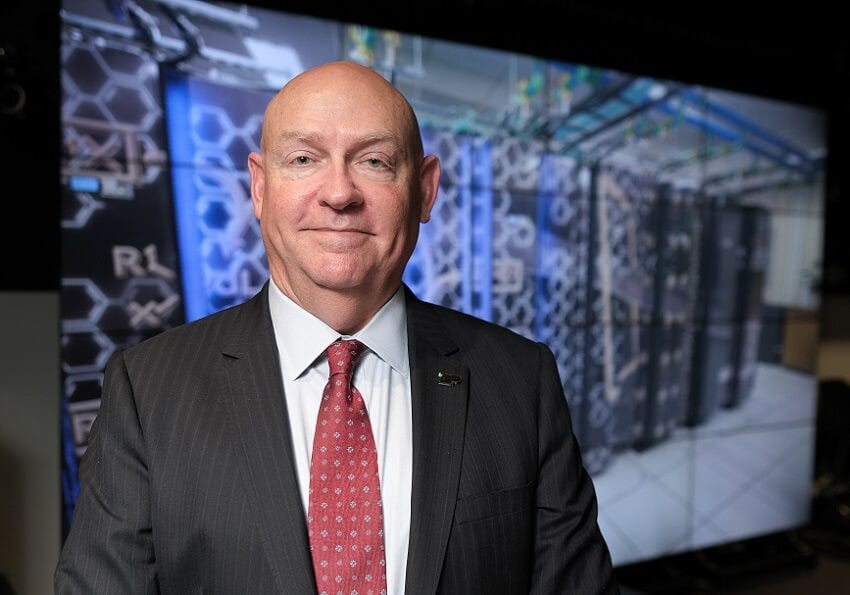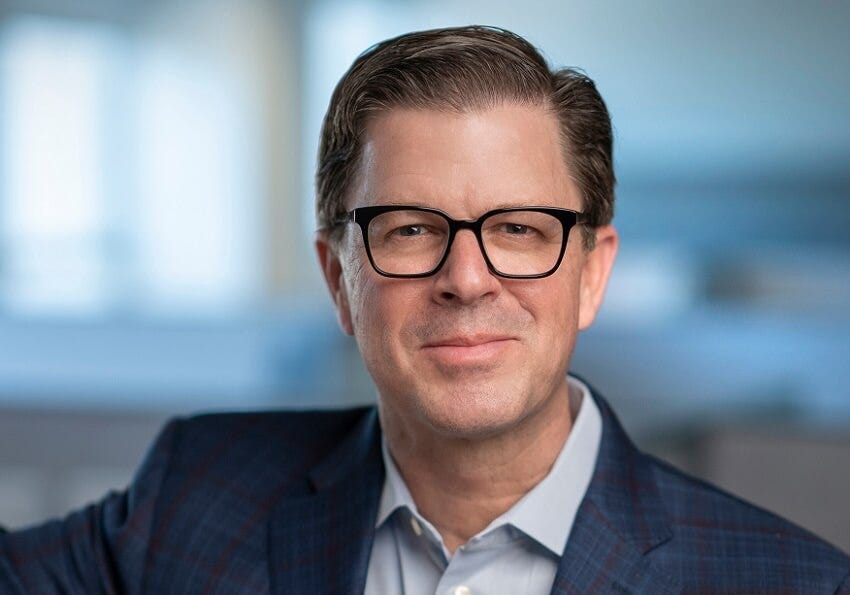Fixing Purdue University’s IT Network with Help from CiscoFixing Purdue University’s IT Network with Help from Cisco
The university’s network performance was the talk of the town on Reddit for its rough spots. A solution and plan changed all of that.

Spotty network reliability led students at Purdue University to post rather public complaints online about the connectivity issues they faced. That led to a multiyear project to make the data flow more dependable for the campus community.
Shortly after taking the reins in 2021 as Purdue University’s CIO, Ian Hyatt noticed there was a teeny, barely noticeable bit of room for improvement -- as the student body vented their frustrations loudly online about the school’s shaky network at the time. “If we didn’t check our service desk logs, we could just look at Reddit to understand what that experience was,” he says.
A spotty network on a college campus can interfere with students’ academic efforts. “They would be trying to prepare for their final exams, and they would lose connectivity and they wouldn’t be able to reach the materials that they needed,” Hyatt says. “They wouldn’t be able to reach the course work.” The issues could also affect projects that needed consistent data access. “If they were doing heavy research as part of their activity, they couldn’t gain access to that without having to leave the facility they were in, go somewhere where they could get connectivity,” he says.
More than just responding to those online complaints, Hyatt took an assessment of the university’s network and infrastructure and started to map out what needed to be addressed. “One of the things that I discovered was the end-user experience was really, really not very positive,” he says. “And it wasn’t just for students. It was fairly consistent, but the students were the most vocal about things.” Taking a look at the complaints revealed a real need to update and upgrade.

Ian Hyatt, Purdue University's CIO. Photo by Purdue University.
“Our service desk function was a little behind the curve,” Hyatt says. “We discovered that our wireless infrastructure for the students, and the residence halls primarily, was definitely well outside of its usable lifespan. It would have been great ten years ago. It would have been OK five years ago. It definitely was not meeting our needs just a couple years ago.”
The network revamp is a five-year plan that includes some 12,750 Cisco Meraki Wi-Fi and wireless access points installed across Purdue’s Fort Wayne, Northwest, and West Lafayette campuses, in addition to other resources. Redoing Wi-Fi on the West Lafayette campus was part of the first phase of the project, updating access for some 16,000 students in residence halls there.
Purdue’s network offers service to more than 50,000 students in total, Hyatt says. “On campus in residence halls, you have anywhere from 10,000 to 15,000 on a consistent basis rotating to these locations and spaces,” Hyatt says. Wi-Fi connectivity could be unsteady at times, he says, and not as functional as it needed to be for teaching, learning, and personal use. Something had to change.
“What we needed to do was create a very large wireless network to replace what we had,” Hyatt said. “We had to ensure that the coverage was better than the coverage we had. We had to ensure that the throughput and the bandwidth were better.” The solution they put into play delivered about quadruple the available bandwidth essentially overnight, he says, and with Cisco’s help and other partners, they delivered those services to the majority of the residences in less than six months.
The campus infrastructure faced similar challenges to the wireless network, Hyatt says, as students spend significant amounts of time in their residence halls and in home spaces. “They basically utilize bandwidth at a prodigious rate, multiple devices instead of just one or two,” he says. “Streaming that they want to do, and gaming, and all those other great things -- and they just couldn’t do them. The call to action for me was understanding that problem and then presenting it to the board and explaining what we saw.”
Purdue was able to move fairly quickly with Cisco, he says, on a new solution. There was a solution that had already been designed, Hyatt says, and while that was serviceable there were additional needs at play.
“It would have not been quite as good for the students,” Hyatt says. “It would have been great in the teaching and learning spaces and in the rest of the campus areas, but we needed a little more and that’s kind of what drove us to the end solution with Cisco.” He says they architected something that could make the students feel as if they had network access the way they might at home.
“The way I described it to the board was they come here to us having never known anything except their iPhone for their entire life since they were small,” Hyatt says. “Tablet or iPhone or something similar, and they had home bandwidth and could do whatever they want and when they come to us, they don’t have expectations that it’s going to be bad. They honestly just think it’s going to work the same and when it doesn’t, it’s very visible not only to each of them but to the rest of our community.”
The situation Purdue faced at the time was comparable to circumstances other higher education institutions had to contend with then, says Gary DePreta, senior vice president of Cisco’s U.S. public sector. “Go back a few years and we're heading into the pandemic,” he says. “You have competing priorities. That sort of complexity, aged infrastructure -- all of those things are common problems.”

Gary DePreta, senior vice president of Cisco’s U.S. public sector. Photo by Cisco.
DePreta praised Hyatt’s leadership tackling the issues with Purdue’s network, being a catalyst for and driving change. “Most schools and universities around the country will only touch infrastructure during the summer months when students are not in session,” DePreta says, “but Ian felt so strongly about the student experience that Ian didn’t wait right for a school break.”
If the students could tolerate the short-term inconvenience of being in the residence halls to get a better digital connection, he says, Hyatt could get to work on the IT improvements.
The initial phase of the project, Hyatt says, was the effort to quickly solve the student experience issues in the residence halls. “The next levels that we’re doing, the next phases are going to be the rest of the campus refresh,” he says. “The teaching and learning spaces, the student union, the common areas and spaces.”
The next phases for Purdue will also include outside coverage across the green spaces on campus for its Wi-Fi and cellular services. “Our goal is to, also as a phase, provide really solid coverage externally to the facilities and through all of our major thoroughfares,” Hyatt says. The final phase, he says, will include bringing service and connectivity to new residence halls and other buildings.
About the Author
You May Also Like






